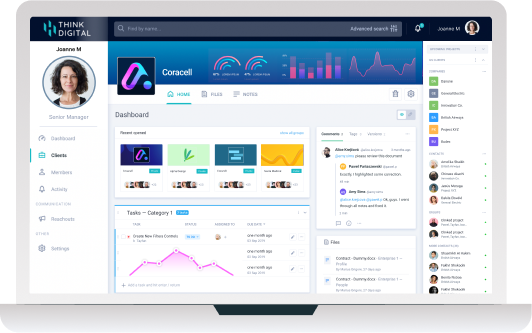Not long ago, businesses and organizations were facing tough challenges in inter-company and intra-company communications due to the complexity and tremendous cost of information sharing. Going back to the 1970s, the construction of experimental networks such as ARPANET brought the idea of information sharing between computers followed by the development of Telnet and FTP (File Transfer Protocol) which enabled users to connect to another system to send and receive data. However, information sharing was not widely available until Personal Computers (PCs) became available in the 1980s (National Research Council Staff, 1999).
Information sharing formed into a new shape in July 1992, with the introduction of a new Internet protocol, the Hypertext Transfer Protocol (HTTP). It was designed to improve the efficiency of document retrieval and became the new killer application for the Internet. Widespread use of the Web was accelerated by the development of Mosaic graphical Internet browser in 1993 (National Research Council Staff, 1999) and eventually publishing and accessing information, namely information sharing, became much easier for users and set off the rapid growth of the Internet.
Since World Wide Web allowed organizations to locate and distribute information in a standard, user friendly way, it has become one of the most important milestones in history. During the internet evolution, organizations realized the power and potential to apply the same technology, but this time with an intra-organizational focus to overcome similar problems associated with intra-organizational connectivity (Dasgupta, 2001). Eventually, intranet technology has opened up a wealth of possibilities. For instance, by utilizing intranet systems, organizations have the ability to collaborate and share information across various platforms. In some cases intranets work as a middleware, connecting both legacy and new applications across functional, structural and geographical boundaries within the organization, in a standard and user-friendly manner (Dasgupta, 2001).
(Boutaba et.al. 1997) define intranet as one of the most empowering and cost-effective technologies since the telephone and discuss how intranets have the potential to change the way people work, learn, and process information. Among the main motivations such as information availability, document portability and accessibility, organizations embrace intranet to reduce operating and maintenance costs and improve efficiency.
Today, users requirements are more complex and traditional intranets cannot cope with the challenges and the complexity. Users need to collaborate more than ever to get more done and collaboration tools, in particular wiki based collaboration tools are replacing dated intranets, VPNs and other file sharing tools.
Tayfun Bilsel
References:
National Research Council Staff (1999) Funding a Revolution: Government Support for Computing Research. Washington DC, USA: National Academies Press, p. 173-206
Boutaba, R. , Guemhioui, K.N. , Dini, P. (1997), An Outlook on Intranet Management IEEE Communications Magazine, 92
Dasgupta, S. (2001) Managing Internet and Intranet Technologies in Organizations: Challenges and Opportunities. Hershey, PA, USA: Idea Group Publishing, p 10.








Let Us Know What You Thought about this Post.
Put your Comment Below.